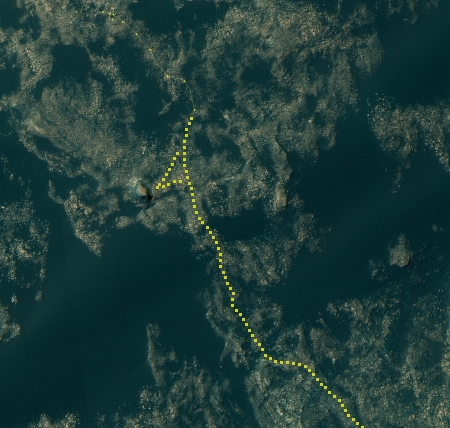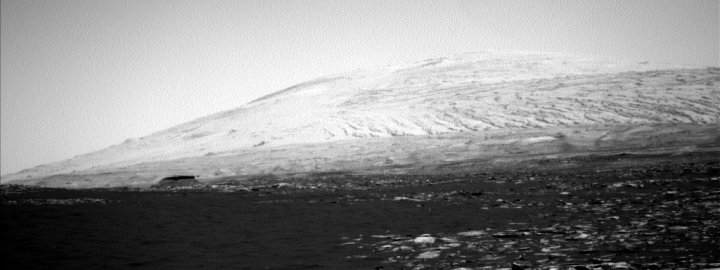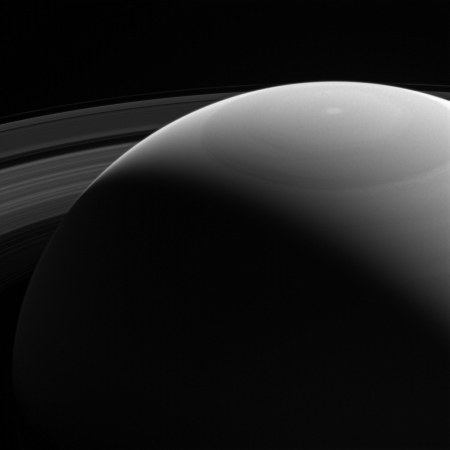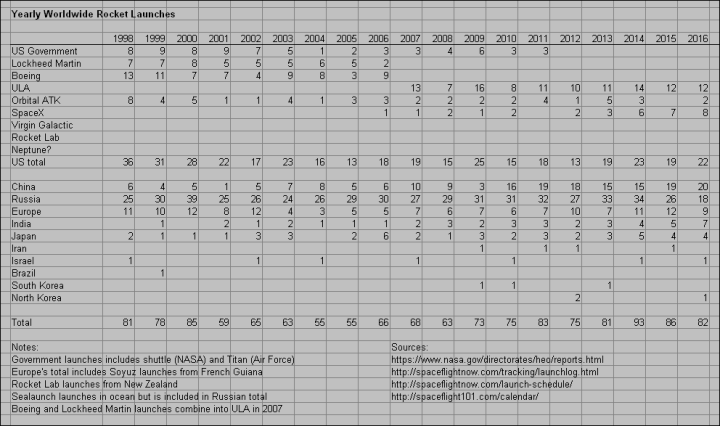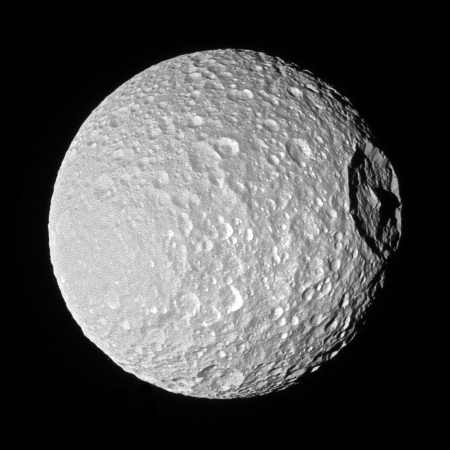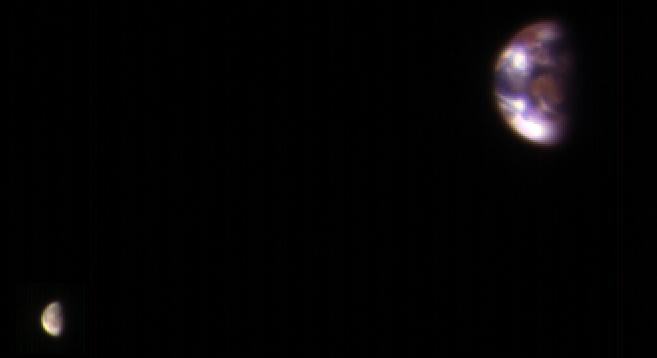Atomic clocks on 9 of 72 European GPS satellites have failed
The atomic clocks on 9 of the 72 European Galileo GPS satellites, designed to compete with the American, Russian, and Chinese GPS satellites, have failed.
No satellite has been declared “out” as a result of the glitch. “However, we are not blind… If this failure has some systematic reason we have to be careful” not to place more flawed clocks in space, [ESA director general Jan Woerner] said.
Each Galileo satellite has four ultra-accurate atomic timekeepers — two that use rubidium and two hydrogen maser. Three rubidium and six hydrogen maser clocks are not working, with one satellite sporting two failed timekeepers. Each orbiter needs just one working clock for the satnav to work — the rest are spares.
The question now, Woerner said, is “should we postpone the next launch until we find the root cause?”
That they are even considering further launches with so many failures of the same units seems absurd. They have a systemic problem, and should fix it before risking further launches.
The atomic clocks on 9 of the 72 European Galileo GPS satellites, designed to compete with the American, Russian, and Chinese GPS satellites, have failed.
No satellite has been declared “out” as a result of the glitch. “However, we are not blind… If this failure has some systematic reason we have to be careful” not to place more flawed clocks in space, [ESA director general Jan Woerner] said.
Each Galileo satellite has four ultra-accurate atomic timekeepers — two that use rubidium and two hydrogen maser. Three rubidium and six hydrogen maser clocks are not working, with one satellite sporting two failed timekeepers. Each orbiter needs just one working clock for the satnav to work — the rest are spares.
The question now, Woerner said, is “should we postpone the next launch until we find the root cause?”
That they are even considering further launches with so many failures of the same units seems absurd. They have a systemic problem, and should fix it before risking further launches.

